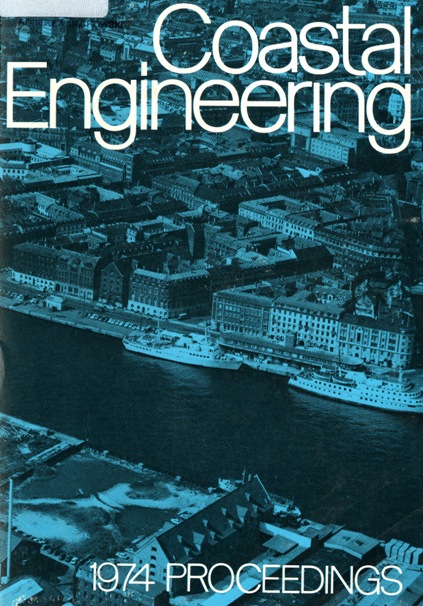Abstract
Wachapreague Inlet, a downdrift offset inlet in the barrier island complex of the mid-Atlantic U.S. coast was studied during the period 1971-1973. Elements of the study included: (1) the inlet morphometric history (120 years), (2) assessment of surficial and sub-bottom sediments within the inlet complex, (3) response of the channel cross-sectional area to short-term variations in wave activity and tidal volumes, and (4) the distribution of tidal flows within the channel. It is concluded that: (1) a qualitative correlation exists between short-term channel cross-sectional area change and the ratio of ebb tidal power to wave power. It is inferred that the important element is the direct wave activity on the ebb-tidal delta; (2) duration differences in rising and falling phases of the tide (flood longer than ebb) lead to an ebb dominence in bedload capacity at the inlet with the result that this inlet has a natural flushing ability; (3) there is pronounced sand circulation within the inlet complex via a sediment flow loop which is driven by wave refraction and lateral inflow on the updrift side. The sand volumes thus delivered annually to the inlet channel from the ebb delta appears to far exceed the estimated littoral drift. The local sand circulation should, therefore, be considered in engineering design for inlet control structures.
Authors retain copyright and grant the Proceedings right of first publication with the work simultaneously licensed under a Creative Commons Attribution License that allows others to share the work with an acknowledgement of the work's authorship and initial publication in this Proceedings.

